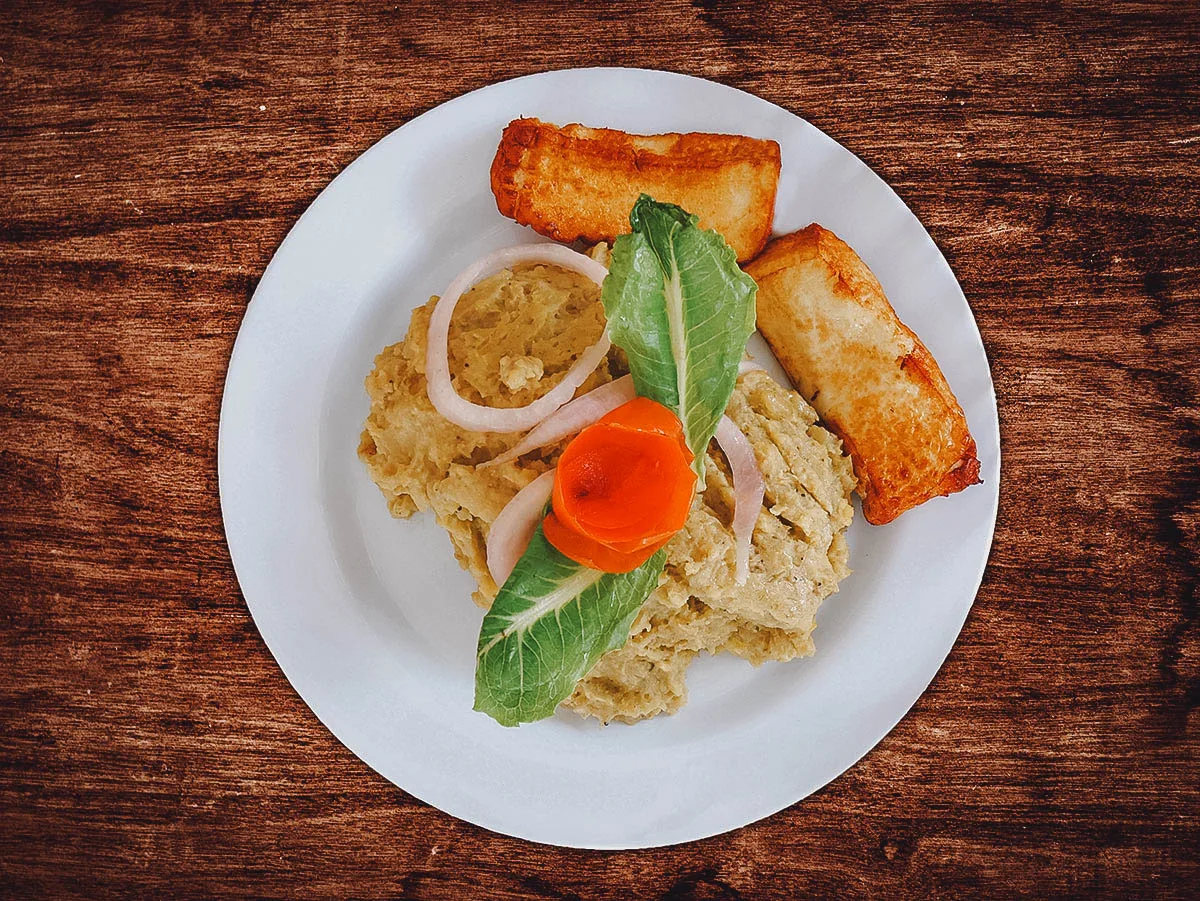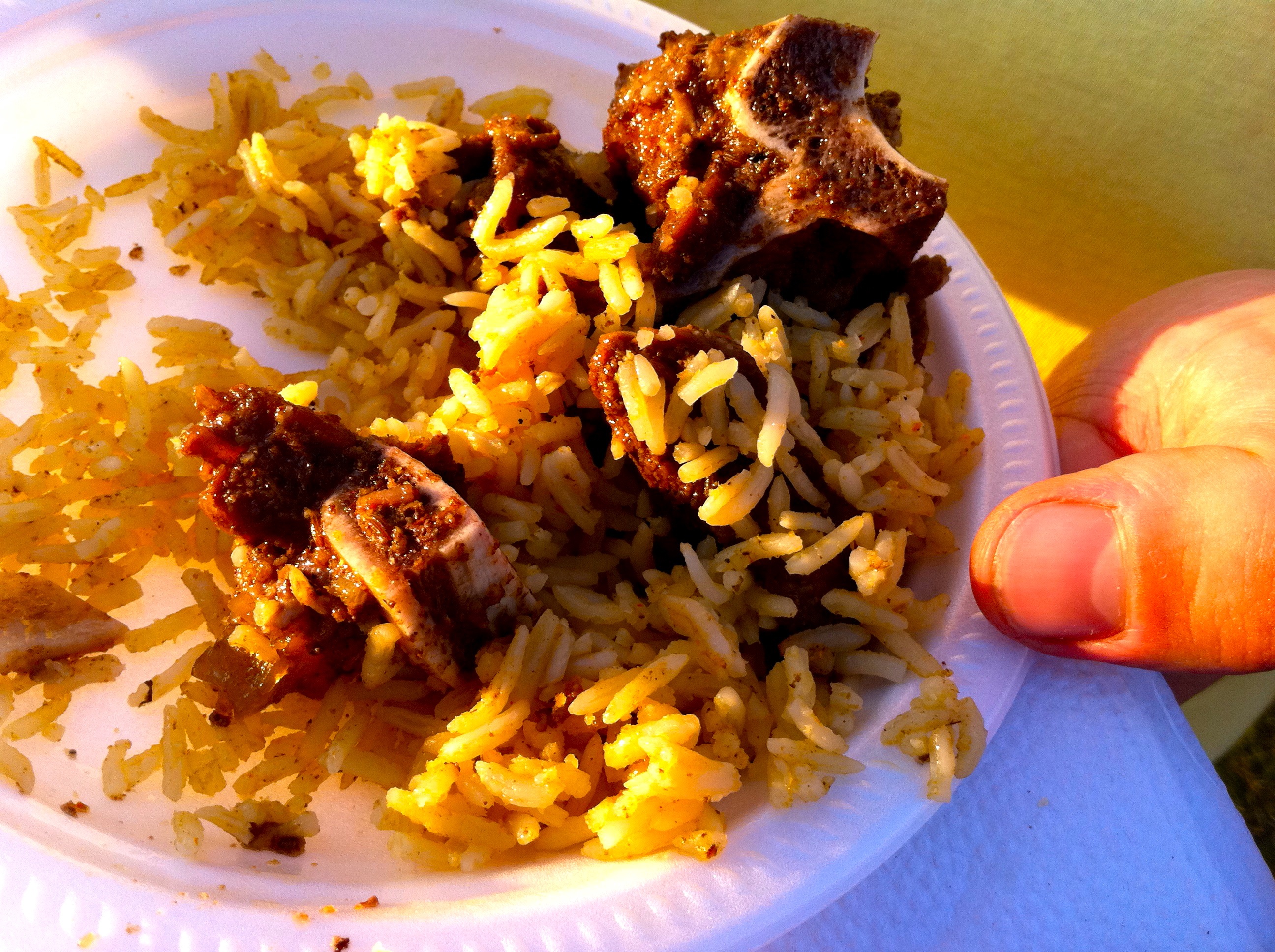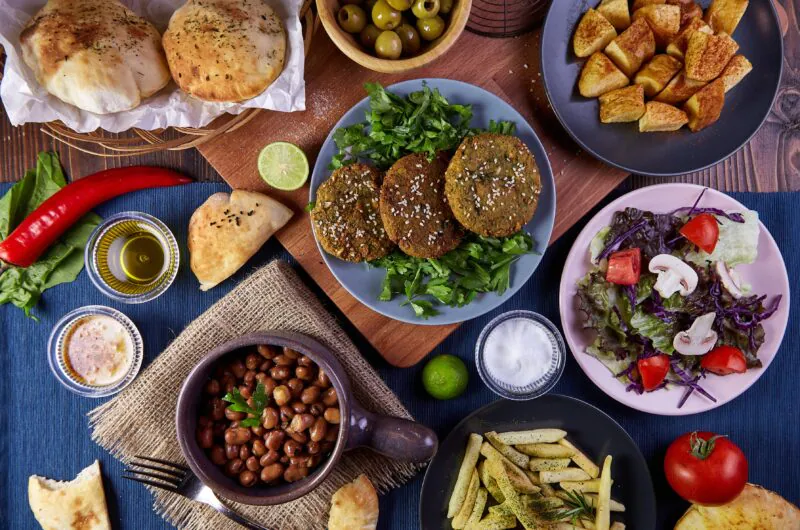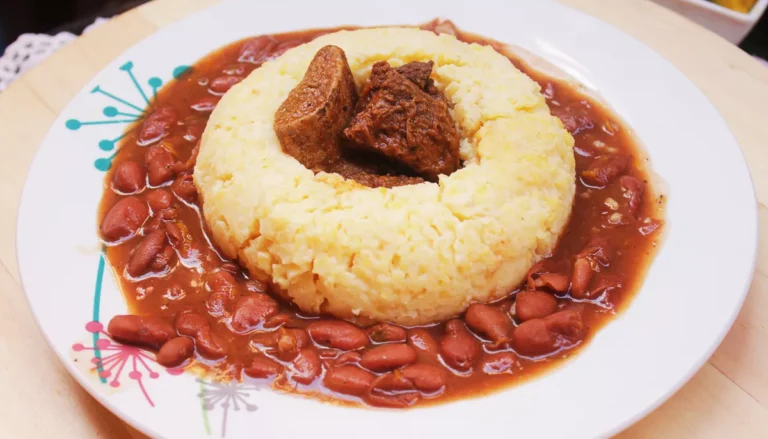Introduction: Exploring Dominican Cuisine
Dominican cuisine is a blend of African, European, and indigenous influences. The cuisine is known for its bold flavors, vibrant colors, and use of tropical ingredients such as plantains, yucca, and coconut. The cuisine is heavily centered around meat and seafood, but vegetarian and vegan options are available for those who follow a plant-based diet.
Meat in Dominican Cuisine: A Staple
Meat is a staple in Dominican cuisine, with dishes such as chicharron (deep-fried pork belly), asado (roast beef), and pollo guisado (stewed chicken) being popular among locals and tourists alike. The use of meat in Dominican cuisine can be attributed to the country’s history of livestock farming and hunting, as well as the influence of Spanish and African cuisine.
Vegetarianism and Veganism in the Dominican Republic
While vegetarianism and veganism are not widely practiced in the Dominican Republic, there is a growing awareness of these lifestyles among the younger generation. The rise of health-consciousness and the availability of international cuisine have contributed to an increase in vegetarian and vegan options in the country.
Traditional Dominican Vegetarian and Vegan Dishes
Traditional Dominican vegetarian and vegan dishes include mangu (mashed plantains), arroz con coco (coconut rice), and ensalada verde (green salad). These dishes are typically served as sides or appetizers and can be found in most Dominican restaurants.
Vegan and Vegetarian Options in Dominican Restaurants
Most Dominican restaurants now offer vegetarian and vegan options on their menus. These options include veggie burgers, salads, and plantain-based dishes. Some restaurants even offer vegan versions of traditional Dominican dishes, such as sancocho (stew) and moro de guandules (rice and pigeon peas).
Non-Traditional Vegan and Vegetarian Options in Dominican Cuisine
Non-traditional vegan and vegetarian options in Dominican cuisine include quinoa bowls, lentil soups, and tofu dishes. These dishes are often found in health food stores and vegan restaurants, which are becoming increasingly popular in major cities such as Santo Domingo and Punta Cana.
Eating Vegan and Vegetarian in the Dominican Republic: Tips and Tricks
When dining out in the Dominican Republic, it is essential to communicate your dietary needs with the staff. Most restaurants are willing to accommodate vegetarian and vegan diets, but it is always better to check beforehand. Additionally, it is advisable to carry snacks or protein bars, especially when traveling outside major cities.
Conclusion: Try Dominican Vegan and Vegetarian Cuisine Today
In conclusion, while meat is a staple in Dominican cuisine, there are plenty of vegetarian and vegan options available for those who follow a plant-based diet. From traditional dishes to non-traditional options, the Dominican Republic has a range of flavors and textures to explore. So the next time you’re in the country, don’t hesitate to try out the vegan and vegetarian cuisine.










